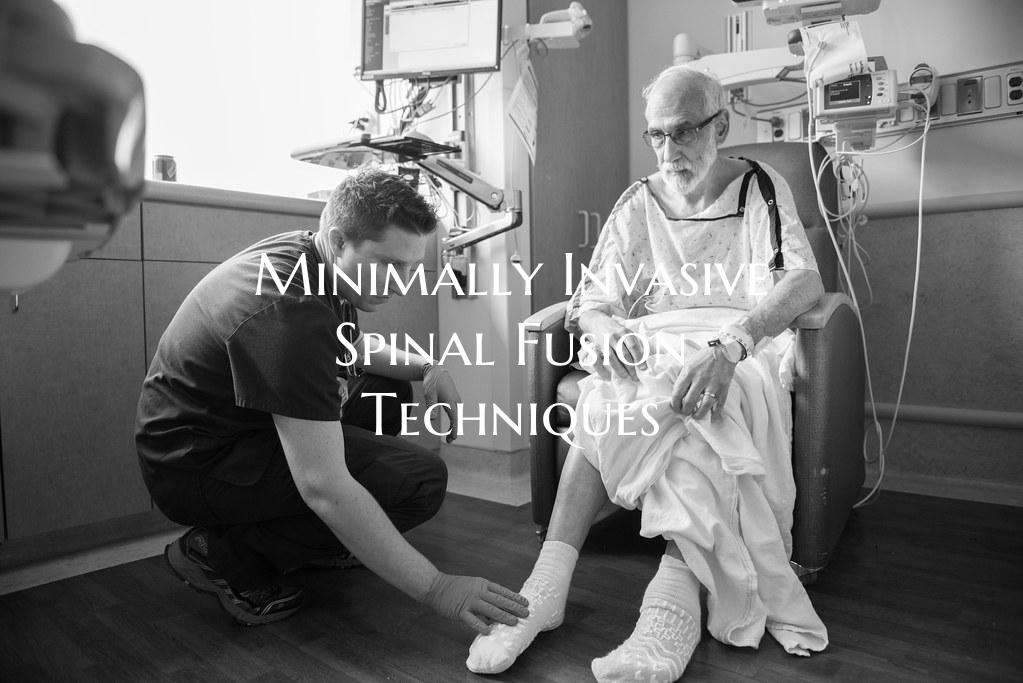
Minimally Invasive Spinal Fusion Techniques
Minimally Invasive Spinal Fusion Techniques: Improving Recovery and Outcomes
Spinal fusion is a surgical procedure used to stabilize the spine and reduce pain caused by conditions such as degenerative disc disease, spinal stenosis, or spinal fractures. Traditionally, spinal fusion surgery involved large incisions, significant muscle disruption, and long recovery times. However, advances in surgical techniques have led to the development of minimally invasive spinal fusion procedures.
Minimally invasive spinal fusion techniques utilize small incisions and specialized instruments to access the spine with minimal disruption to surrounding tissues. This approach offers several benefits compared to traditional open surgery, including:
1. Reduced tissue damage: By using smaller incisions and muscle-sparing approaches, minimally invasive techniques minimize trauma to the muscles and soft tissues surrounding the spine. This can lead to less postoperative pain and faster recovery times.
2. Decreased blood loss: The precision of minimally invasive surgical tools can help reduce blood loss during the procedure, lowering the risk of complications related to excessive bleeding.
3. Shorter hospital stays: Minimally invasive spinal fusion procedures typically allow for shorter hospital stays compared to traditional open surgery, enabling patients to return to their normal activities sooner.
4. Quicker recovery: Patients undergoing minimally invasive spinal fusion techniques often experience quicker recovery times and can resume daily activities faster than those undergoing open surgery.
5. Improved outcomes: Studies have shown that minimally invasive spinal fusion techniques can achieve comparable or even superior outcomes in terms of pain relief, functional improvement, and long-term spine stability when compared to traditional open surgery.
It is important to note that not all patients are suitable candidates for minimally invasive spinal fusion techniques, and the decision on the most appropriate surgical approach should be based on individual factors such as the specific spinal condition, overall health, and surgeon's expertise.
In conclusion, minimally invasive spinal fusion techniques represent a significant advancement in spine surgery, offering patients a less invasive option with potential benefits in terms of recovery, outcomes, and overall patient satisfaction. Consult with your healthcare provider to determine if minimally invasive spinal fusion is the right choice for you.